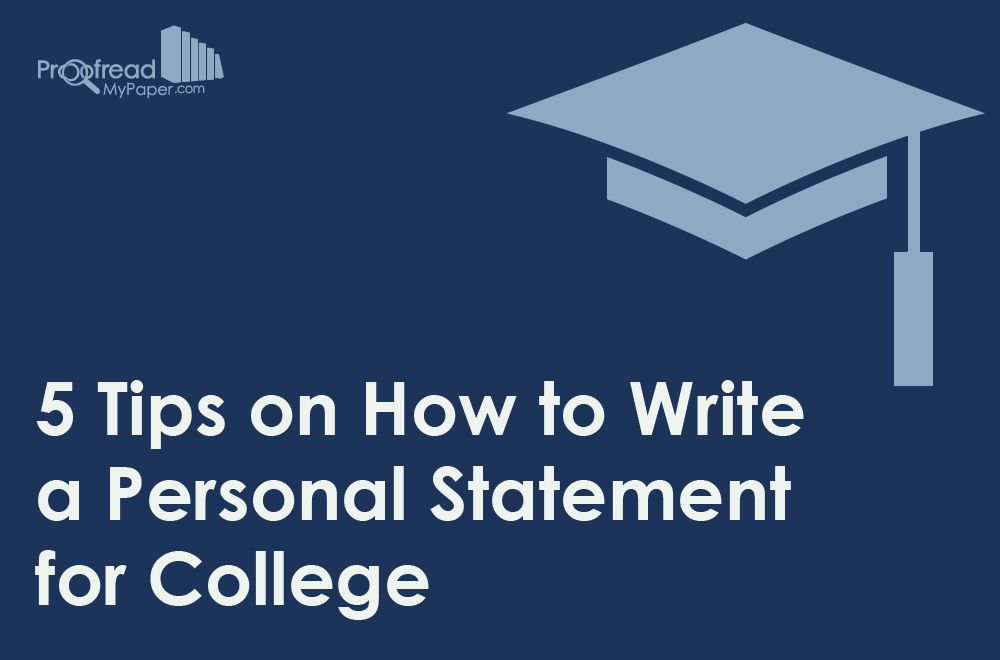When applying to study at college, you might be asked to provide a personal statement. This is a brief explanation of who you are and what makes you a good candidate, going into more depth than simply listing a GPA, qualifications or test scores. But what should a personal statement include? And how can you use yours effectively?
1. Make it Personal
As the name might suggest, a “personal statement” should be personal. This includes your academic achievements, but you’ll also want to add a bit about your life more generally, like your passions and interests outside of studying or significant events from your past.
The important thing is to communicate something about you as a person. Writing about challenges you’ve overcome, for instance, could help to show that you’re resourceful when faced with a problem.
2. Aims and Objectives
As well as your education so far, your personal statement should include something about your aims and objectives. In the short term these might be directly related to the course you’re applying to study, but you should also consider how your studies fit into a long-term career plan.
Find this useful?
Subscribe to our newsletter and get writing tips from our editors straight to your inbox.
3. Do Your Research
While you can use a template to save time when making several applications, each personal statement you write should be tailored to the specific college to which you’re applying. Taking a look at the school’s website is a good start, as you should be able to find information about the course and faculty there. You could also contact a faculty member to ask about the program, which could help you explain why you want to study there in particular.
4. Show Off!
In a personal statement, you need to sell yourself as a student, focusing on what makes you a better choice than the other candidates. It therefore never hurts to show off your subject knowledge and achievements. Don’t go into too much depth, as it’s also important that your personal statement is concise and easy to read. But mentioning specific research interests and any personal qualities that you think would make you a valuable addition to the school community is a great approach.
5. Redrafting and Proofreading
Since your personal statement is all about making a good first impression, perfecting and proofreading it before submitting your application is vital. As such, after you’ve written a first draft, take some time away before making revisions. This will help you to spot mistakes you might otherwise miss, helping to maximize your statement’s impact.



